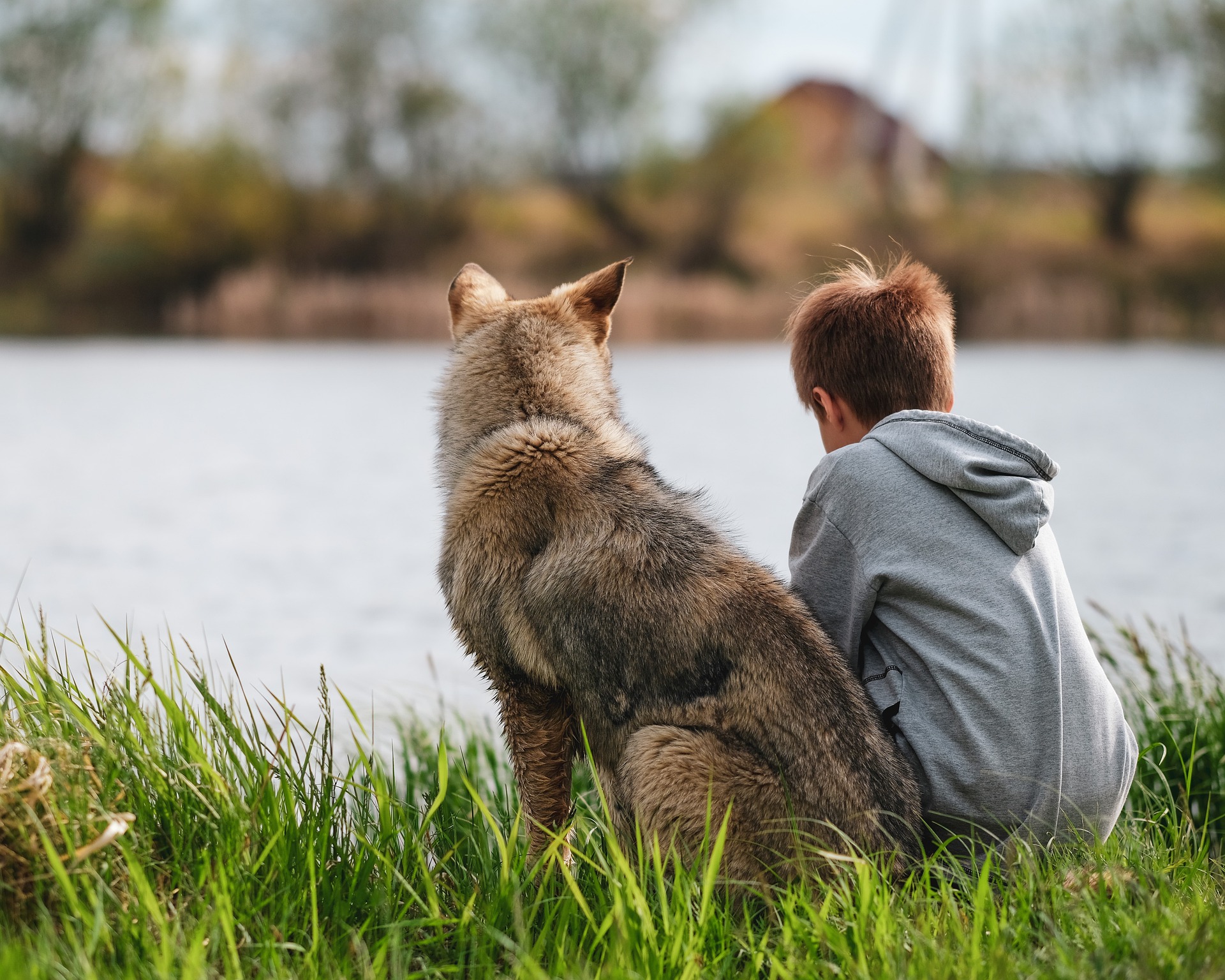Biodiversity is the variety of life on Earth, in all its forms and all its interactions. The term born in 1985 is a contraction of “biological diversity”. Formally speaking, biodiversity exists at several levels, beginning with genes, then individual species, then communities of creatures and finally entire ecosystems, such as forests or coral reefs, where life interplays with the physical environment. All these interactions have made Earth habitable for billions of years.
Today we are seeing a huge global biodiversity loss, someone speak of the sixth mass extinction, but what it’s clear is that this loss represents a crisis equaling, or quite possibly surpassing, the climate change.
For many people this problem seems so far, especially if they live in towns or cities but the reality is that the air you breathe, the water you drink and the food you eat, all ultimately rely on biodiversity. Obviously: without plants there would be no oxygen and without bees to pollinate there would be no fruit.
Going further, coral reefs and mangrove swamps provide invaluable protection from cyclones and tsunamis for those living on coasts, while trees can absorb air pollution in urban areas.
Biodiversity also has human benefits. Many new medicines, and not only new, are harvested from nature. Wild varieties of domesticated animals and crops are also crucial as some will have already solved the challenge of, for example, coping with drought or salty soils.
The image below (https://www.iucnredlist.org/) is a picture of the today situation of the are threatened with extinction.

The concern is that many species are being lost before we are even aware of them, or the role they play in the circle of life.
What can we do?
The International Union for Conservation of Nature estimated more than 42100 species are threatened with extinction: roughly the 28% of all assessed species. It established the Red List, that is a critical indicator of the health of the world’s biodiversity.
Not only a list of species and their status, but a powerful tool to inform and catalyze action for biodiversity conservation and policy change, critical to protecting the natural resources we need to survive.
It provides information about range, population size, habitat and ecology, use and/or trade, threats, and conservation actions that will help inform necessary conservation decisions.
Considering these numbers, we can all safeguard life on Earth with intensely increased and coordinated action. We all need to see a change, we all need to save life for future generations, plants and animals.

The Agenda 2030 is rich of objectives to change this trend.
Furthermore, in order to achieve an improvement, the Convention on Biological Diversity recommends 22 actions to protect Biodiversity on Earth. 22 actions by individuals, by cities, by businesses. And 22 International Organizations and social media to follow to achieve the change.
So, take action: https://www.cbd.int/article/idb2023





